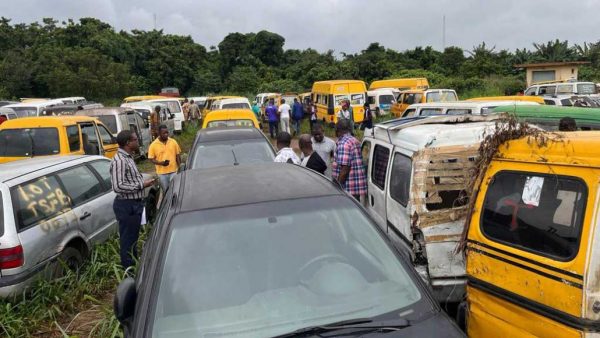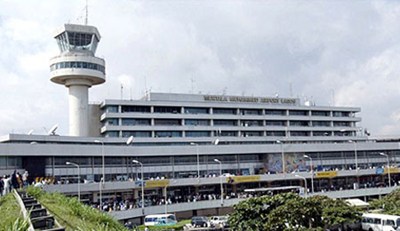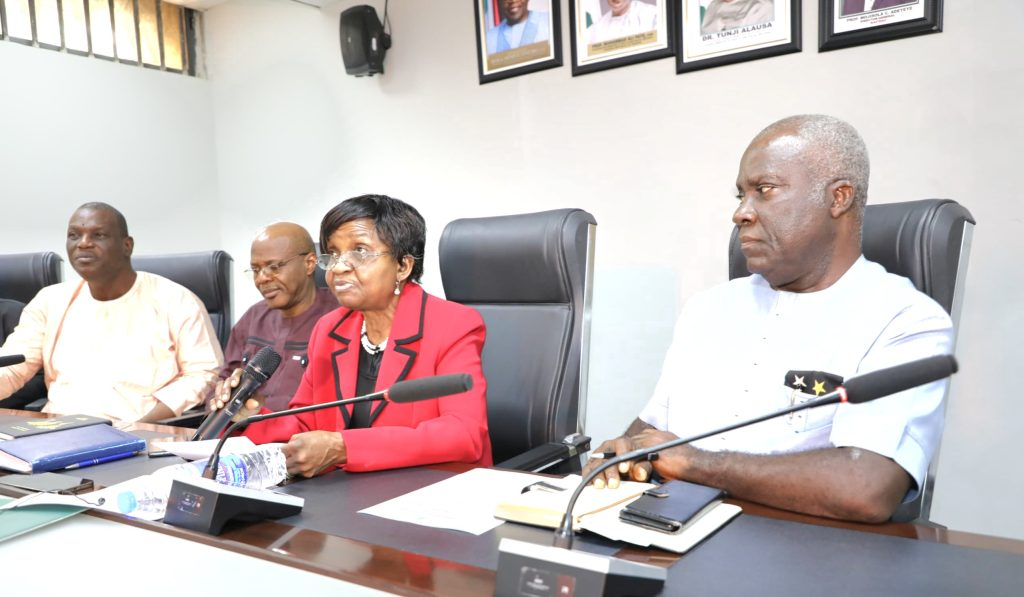4 Months After Launch: Deep Blue Project Hasn’t Been Fully Deployed
By Kenneth Jukpor

· Only Lagos anchorage is presently covered – inside sources
· Experts highlight constraints with major assets
Following the bizarre statement by the Minister of Transportation, Hon. Rotimi Amaechi that the $195 million Deep Blue Project isn’t working, MMS Plus findings have shown that the significance of the project has been minimal because the assets have only been deployed on Lagos coastal areas.
Analysts have also explained that the recent drop in piracy activities on Nigerian waters as reported by the International Maritime Bureau (IMB) may be a result of the apprehension on the part of the pirates rather than an actual operational presence of the security assets on the nation’s waters.
Reports show that the two special mission vessels are fully-crewed but still patrolling the Lagos waters alone; while the launch of drones have been tested on these vessels but all major activities are happening around Lagos at the moment.
The Nigerian Maritime Administration and Safety Agency (NIMASA) categorizes the nation’s waters into three zones, but Deep Blue Project hasn’t gotten to the Eastern (Port Harcourt and Calabar) zone or the Central zone (Warri axis), because all assets are still domiciled in Lagos corridors (Western zone).
Given these developments, one begins to wonder if NIMASA was within its rights to accept the commendation by IMB on reduced piracy activities consequently linked to the deployment of the maritime security assets, some veterans have enquired.
Speaking with MMS Plus newspaper, an inside source with the Deep Blue Project said, “I was taken aback by the Minister’s statement because I’m aware that the project has just taken off and I’m part of it. There was a directive that the project should be deployed to Lagos anchorage areas when the private security operation was banned. Since that time, the emphasis of the Project has been on the Lagos area. However, our intelligence outfit which is the C4i, covers the entire nation.”
When quizzed on the impression by NIMASA that the project’s assets have been fully-deployed since Buhari did the launching on June 10th 2021, he said that activity was just ceremonial for the official flag-off.
“Since that time, training has been ongoing for the workforce, all the assets have arrived but there is a lot of litigation involved and it is still work in progress. The result wouldn’t be seen until we attain maximum deployment. We are just in Lagos at the moment. The special mission aircrafts have been capturing videos and pictures that enable the C4i centre to get live feeds of activities on the waters,” he added.
According to him, the drones during training have been able to capture some incidents such as vessels polluting the nation’s waters and alerted the Marine Environment Management department in NIMASA which was able to go onboard the vessel to address the situation and the vessel was fined.
In another instance, he noted that intelligence gathering was able to capture illegal scrapping of vessels which was taking place on the nation’s coastal areas without due clearance from NIMASA and the operation was intercepted with the aid of fast interceptors.
Sources in the managerial team of the maritime security architecture have described the Minister’s submission as hasty and ill-timed even as they informed our correspondent that the impact of the Project can’t be measured on the oil bunkering activities in the South-South region because assets haven’t been deployed there.
While some shipping stakeholders have expressed dissatisfaction with the delay in deploying the assets, others have described the fact that piracy activities could dwindle just from the perception of the Deep Blue Project as a feat worth celebrating.
In a related development, a veteran pilot and ship captain, who is also a former Director of Shipping Development at NIMASA, Capt. Enisuoh Warredi has identified some notable challenges with the helicopters and special mission vessels in combating pirates.
His words: “The helicopters for the Deep Blue Project have some limitations. You buy helicopters for 200 nautical miles that means the helicopter can fly 200 miles and that means 100 miles out and back. If it flies 200 miles out, it can’t return. So, how do you use that to fight pirates? The only way for the helicopter to return is to send a platform where it can land after it takes off. For any of the helicopters to get to 200 nautical miles at full speed in calm weather would take a minimum of 10 hours. So, which pirate would wait for 10 hours after attacking a ship? Such a bold pirate must be preparing for war!”
He posited that although the special mission vessels have a platform for helicopters to land on the ships, the helicopters can’t on those vessels unless they collapse the mast which is currently undetachable.
Warredi also noted that the navigational equipment on the masts of the vessel makes it a difficult task for helicopters to land on the vessels.
“If the plan is to take the mast back to the manufacturers to make it adjustable so that the helicopters can land; how do they take the mast back up because it’s not a light one? Serious hydraulic equipment will be needed each time to raise the mast back up. If you recall during the demonstration of these assets, the helicopters didn’t land on the vessels; they only lowered a rope down. It was just a demo,” he said.
Deep Blue Project impact on the nation’s waters with respect to less piracy is a function of perception, Warredi argued. “They haven’t launched the Project yet, let alone flushing out pirates,” he added.
Efforts to get an official update from NIMASA were futile until presstime as the Coordinator of the Project, Mr. Anthony Ogadi stressed he would require an approval from the NIMASA Director General, Dr. Bashir Jamoh before speaking to our correspondent on the issues.
NIMASA needs to explain the constraints limiting the deployment of the project’s assets to the more troubled parts of the nation’s waters, the South-South and South-East region.
If there are litigations as acclaimed by the inside source, the agency has the onus to explain these issues because Eastern port users, Nigerian shipping stakeholders as well as foreign counterparts deserve answers.
Deep Blue Project has land, sea, and air assets meant to comprehensively tackle maritime security issues in Nigerian waters up to the Gulf of Guinea.
The land assets include the Command, Control, Computer, Communication and Intelligence (C4i) Centre for domain awareness and intelligence gathering, 16 armoured vehicles for coastal patrol, and a 600-strong Maritime Security Unit specially trained for interdiction.
Air assets include two Special Mission Aircraft (SMA) for surveillance of the EEZ, three Special Mission Helicopters (SMHs) for search and rescue, and four Unmanned Aerial Vehicles (UAVs).
The sea assets comprise two Special Mission Vessels (SMVs) and 17 Fast Interceptor Boats (FIBs).
Speaking on the Deep Blue Project recently, a former Director-General of NIMASA, Dr. Dakuku Peterside expressed delight at the impact of Project, noting that the world is attesting to the peace in the area.
He, however, stated that “The truth is that it may not really be the Project that has caused the tranquility but criminals’ perception is that they have to slow down because they don’t know what the project really is. If they watch and observe that the Project isn’t doing any magic, they would come back. So, the Project has to be strategic and really geared towards policing the area.”







